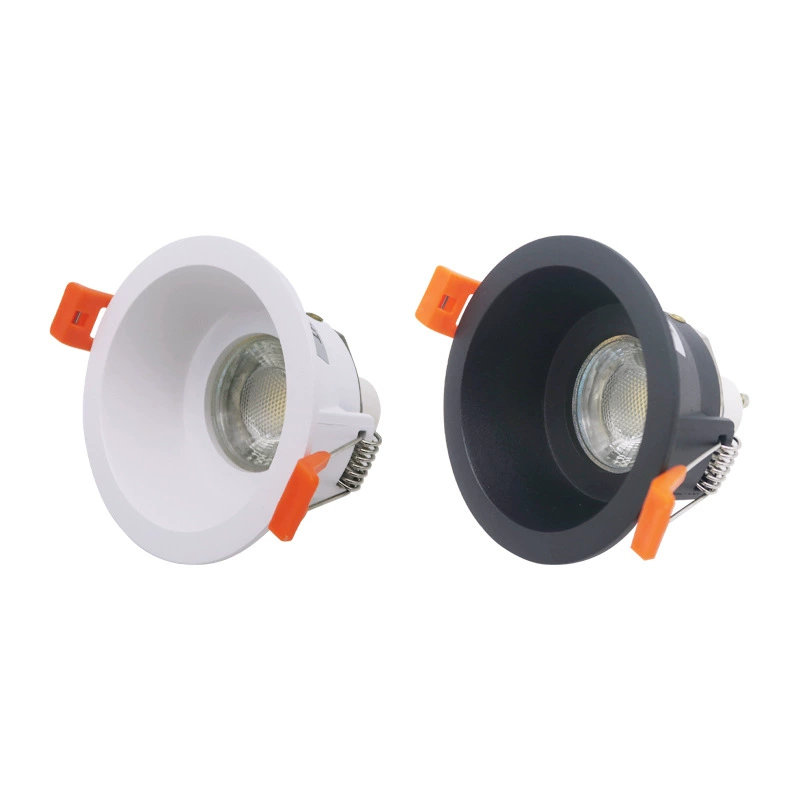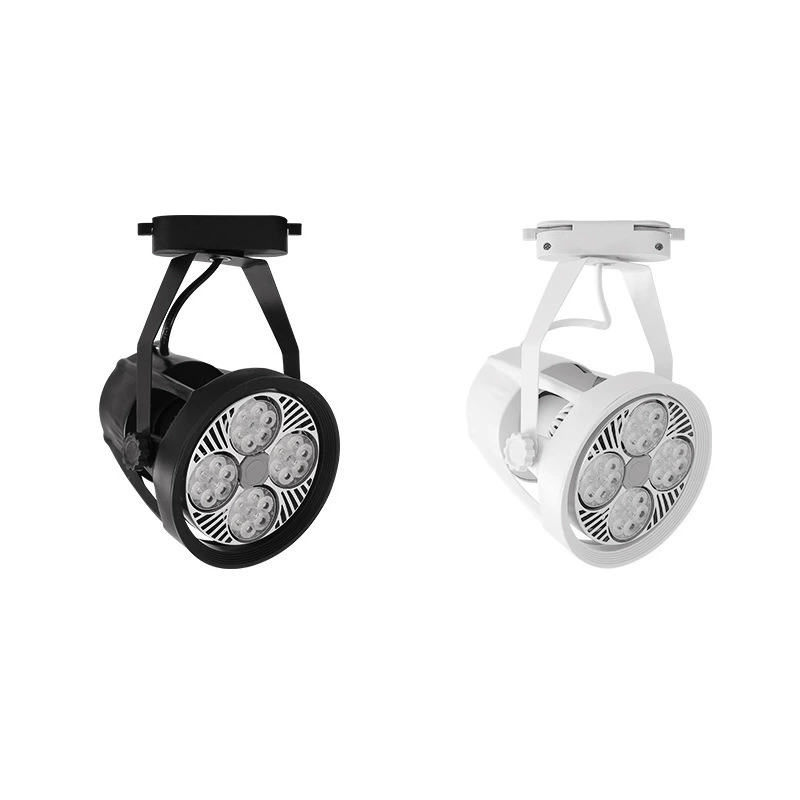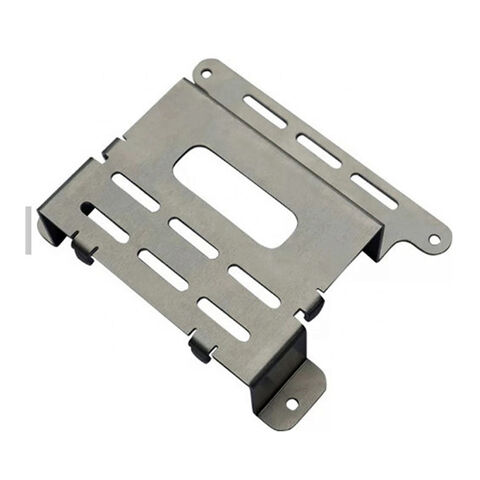Surface finishing in sheet metal manufacturing is a critical process that enhances the metal’s appearance, durability, and functionality.
It involves various techniques aimed at improving surface quality, protecting against corrosion, and meeting aesthetic standards.
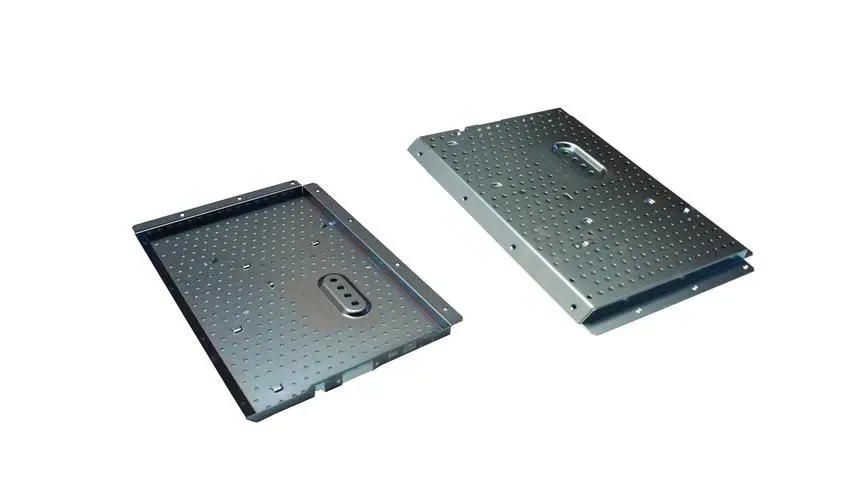
Surface finishing in sheet metal manufacturing involves processes such as polishing, plating, anodizing, and coating.
These techniques improve the surface quality of the metal, enhance its appearance, and increase its resistance to corrosion and wear, making it suitable for various industrial applications.
Understanding these processes is essential for choosing the right method for our needs. If you would like to learn more about surface finishing, now follow us to continue reading.
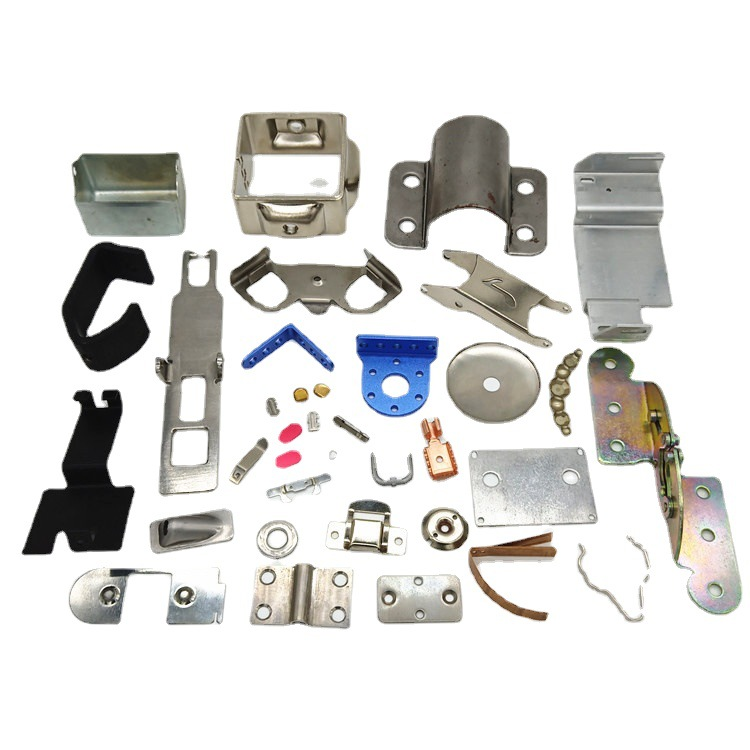
What Are the Types of Surface Finish?
The types of surface finish include mechanical finishes like grinding and polishing, chemical finishes such as anodizing, and coating finishes like painting and powder coating.
• Mechanical Finishes: These include grinding, polishing, and buffing. Mechanical finishing is often used to smooth out surface irregularities and create a uniform appearance. Polishing, for example, can give the metal a shiny, reflective surface, which is often desired for aesthetic purposes.
• Chemical Finishes: These include processes like anodizing and chemical conversion coatings. Anodizing, particularly for aluminum, involves an electrolytic process that increases corrosion resistance and can add a decorative finish.
• Coating Finishes: These involve applying a layer of material to the metal surface, such as paint, powder coating, or plating. Coatings can provide additional protection against corrosion and wear, as well as improve the visual appeal of the metal.
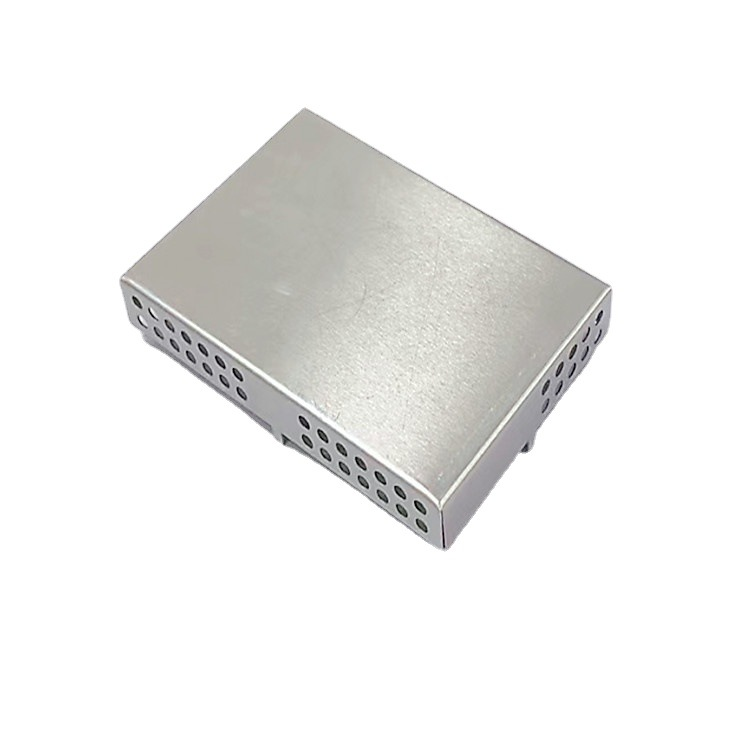
Why Is Surface Finish Important?
Surface finish is important because it affects the metal’s resistance to corrosion, its wear resistance, and its overall appearance, which can be crucial for both functional and aesthetic purposes.
• Corrosion Resistance: A good surface finish can prevent the metal from rusting or corroding, extending its lifespan and maintaining its structural integrity. For example, anodizing aluminum increases its resistance to oxidation, which can otherwise weaken the metal over time.
• Wear Resistance: Surface treatments can make the metal more resistant to abrasion and mechanical wear, which is particularly important for parts that are in constant use. For instance, hard chrome plating is often used in industrial applications to provide a tough, wear-resistant surface.
• Aesthetic Appeal: The visual quality of a metal product can be significantly improved with surface finishing, making it more attractive for consumers and suitable for decorative applications. Polished and painted surfaces are common in consumer goods where appearance is a key factor.
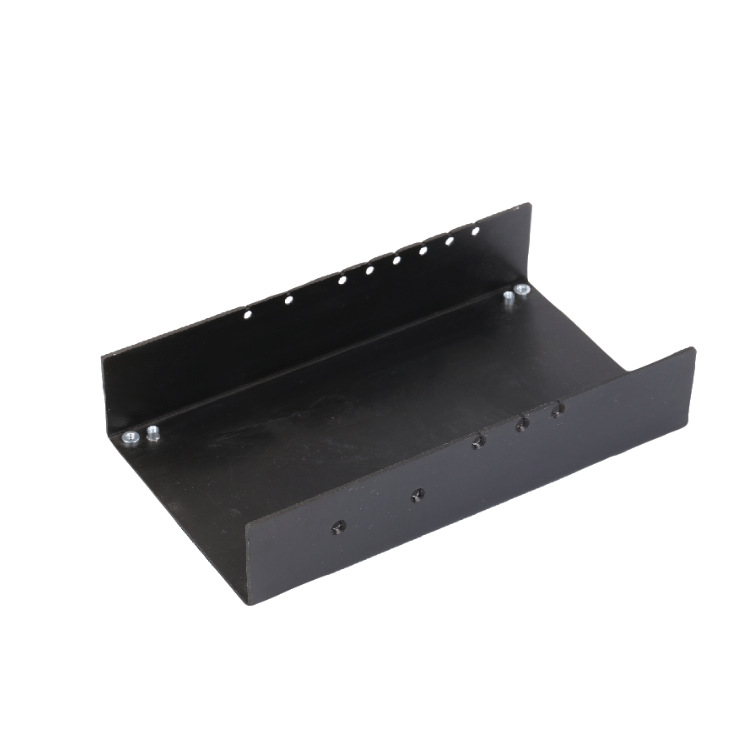
What is the Best Surface Finish for Sheet Metal?
The best surface finish for sheet metal depends on the intended application, with options ranging from a simple polish for aesthetic purposes to more complex coatings for enhanced durability.
• Polished Finish: Ideal for decorative purposes where a shiny, smooth surface is desired. Polished finishes are often used in consumer electronics, kitchen appliances, and automotive parts where appearance is critical.
• Anodized Finish: Suitable for aluminum parts that need increased corrosion resistance and a decorative appearance. Anodized finishes are commonly used in architectural applications, consumer electronics, and automotive components.
• Plated Finish: Used for parts that require a hard, wear-resistant surface. Plated finishes are typical in industrial machinery, tools, and hardware.
• Powder Coated Finish: Provides a durable, protective layer that is resistant to chipping, scratching, and fading. Powder-coated finishes are widely used in outdoor furniture, automotive parts, and appliances.
Sheet Metal Polishing
Polishing is a process that involves smoothing the metal surface using abrasive materials. It can produce a high-gloss finish, which is aesthetically pleasing and can also improve the metal’s resistance to corrosion and wear.
• Benefits: Enhances appearance, increases corrosion resistance, and improves cleanliness.
Polished surfaces are easier to clean and maintain, making them ideal for applications where hygiene is important, such as in medical equipment and food processing machinery.
Anodizing Aluminum Sheet Metal
Anodizing is an electrolytic process that increases the thickness of the natural oxide layer on the surface of aluminum parts. This process enhances corrosion resistance, adds a decorative finish, and improves surface hardness.
• Benefits: Increased durability, improved appearance, and better adhesion for paint and adhesives. Anodized finishes are also resistant to wear and abrasion, making them suitable for high-traffic areas and outdoor applications.
Metal Plating Processes
Metal plating involves depositing a layer of metal onto the surface of another metal. This process can enhance properties such as corrosion resistance, hardness, and aesthetic appeal.
• Benefits: Improved durability, enhanced appearance, and increased corrosion resistance. Plated finishes are also used to improve electrical conductivity, reduce friction, and provide a decorative appearance.
Powder Coating Sheet Metal
Powder coating involves applying a dry powder to the metal surface, which is then cured under heat to form a hard, protective layer. This method is known for its durability and high-quality finish.
• Benefits: Excellent resistance to chipping, scratching, and fading, as well as environmental friendliness. Powder coatings do not contain volatile organic compounds (VOCs), making them a more sustainable choice compared to traditional liquid paints.

Benefits of Surface Finishing
Surface finishing offers several benefits that are crucial in manufacturing and industrial applications.
• Improved Durability: Enhanced resistance to corrosion and wear extends the lifespan of metal products. This is particularly important in harsh environments where exposure to moisture, chemicals, and abrasion can degrade the metal over time.
• Better Aesthetics: Improved visual appeal makes products more attractive to consumers. High-quality finishes can also convey a sense of craftsmanship and attention to detail, which can enhance brand perception and customer satisfaction.
• Increased Functionality: Enhanced surface properties can improve the performance and usability of metal parts. For example, a smooth, polished surface can reduce friction and wear in moving parts, while a textured finish can provide better grip and handling.
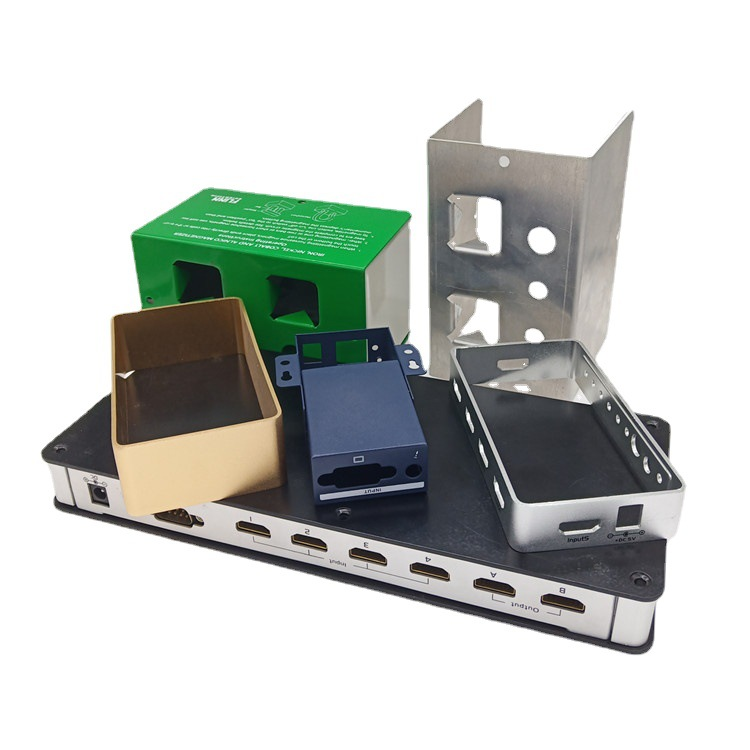
Summary:
In conclusion, surface finishing is a vital step in sheet metal manufacturing, enhancing both the appearance and durability of metal products.
By understanding and choosing the right surface treatment methods, manufacturers can ensure their products meet the required standards and perform optimally.
Whether it is through polishing, plating, anodizing, or powder coating, surface finishing adds value to sheet metal products, making them suitable for a wide range of industrial and consumer applications.





